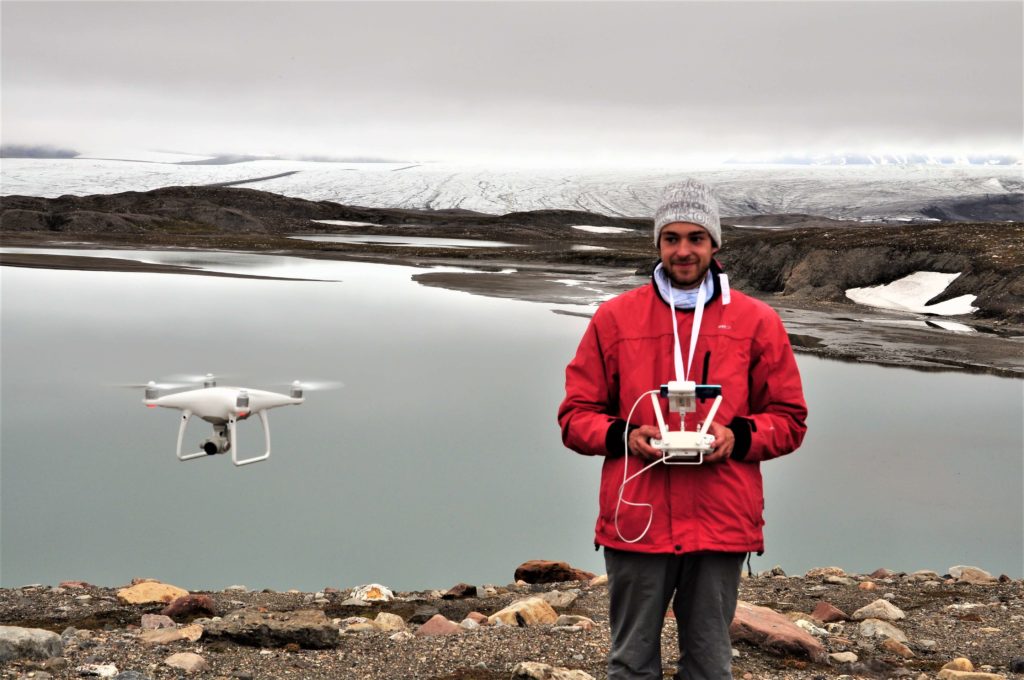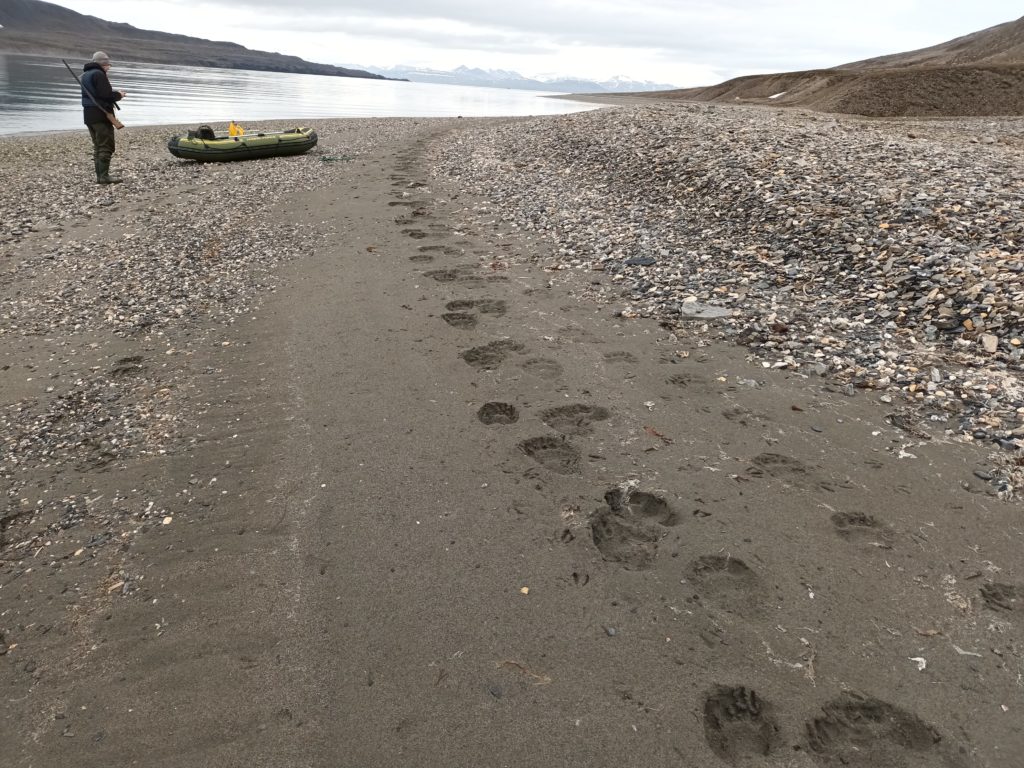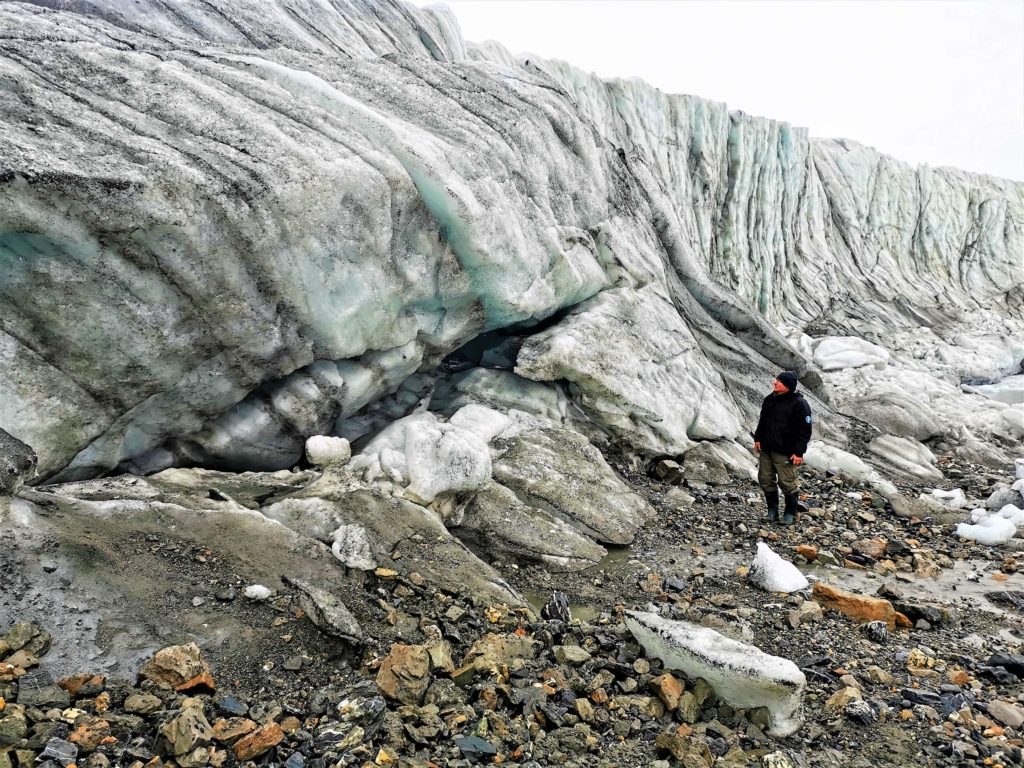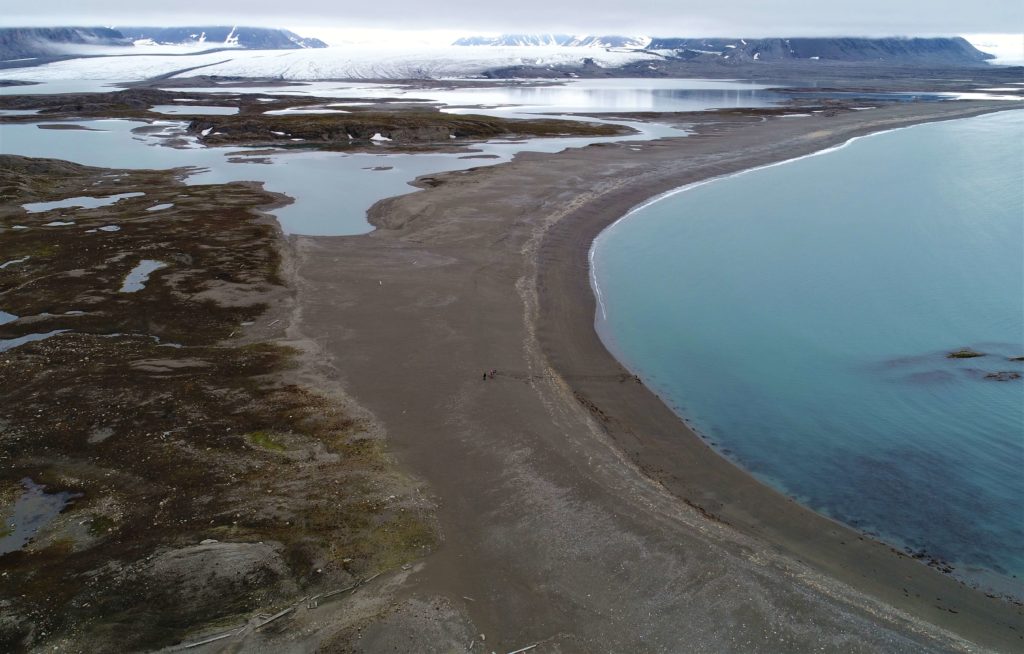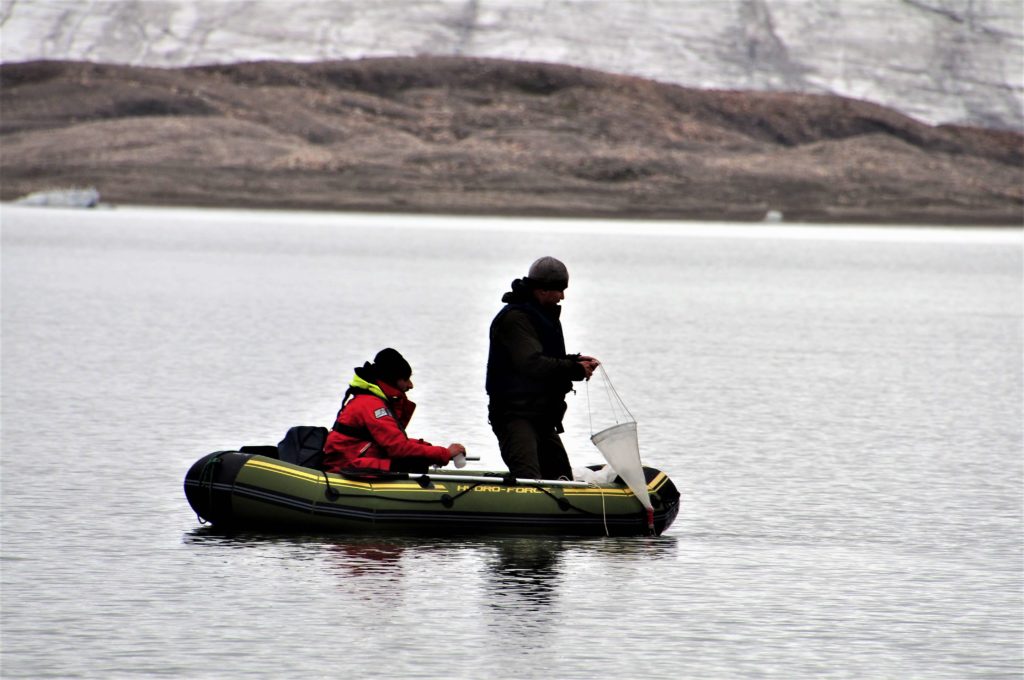Arctic Expedition – Finding Answers to Questions About the Coastal Community
The most notable effects of global warming can be seen in the Arctic, where glaciers are melting and retreating at an increasing rate. The changes taking place at high latitudes are directly related to what is happening in the coastal regions of Europe, if only because the melting of glaciers leads to a rise in ocean level and all the related problems. There are other little-studied processes that occur in the coastal regions of the Arctic: how new ecosystems are being formed in water bodies appearing as a result of glacier melting processes, how new species are being transported there, and how they adopt to new conditions. A joint research expedition of Klaipėda University and the Institute of Oceanology of the Polish Academy of Sciences (IOPAS), which just returned from Svalbard, Arctic, tried to answer these questions.
A complex study, performed in July 2021, was organized in the framework of the Polish-Lithuanian ADAMANT project (Arctic Benthic Ecosystems under Change: the Impact of Deglaciation and Boreal Species Transportation by Macroplastic). The team included prof. Sergei Olenin, dr. Aleksei Šaškov, PhD students Tobia Politi and Jonas Gintauskas, and MSc. student Mantas Liutkus, (Klaipeda University) as well as dr. Dzmitry Lukashanets, postdoc at IOPAS. The main explored locations were Eidembukta, Trygghamna, and St. Johnsfjord in the central part of Spitsbergen, the main island of Svalbard archipelago. Surveys were carried out in the coastal intertidal zone and different parts of the lakes and coastal lagoons, in the gradient of increasing the distance from the glaciers. Researchers collected samples of phyto- and zooplankton and bottom sediments, samples for estimation of metal, nutrient, and gas content, and also measured physico-chemical parameters of water. Genetic sampling of organisms living in the newly formed water bodies (eDNA) was also of particular interest. The analysis of the collected material will make it possible to obtain new data on ecosystems that appeared after the glacier melting. For all specified regions, a drone shooting was taken.
Drone surveys were conducted in all of these regions for mapping purposes as well as for inspecting upcoming routes and detecting possible obstacles, including the presence of polar bears. During the field surveys, the researchers took all the precautions required when conducting field work in the Arctic, including the necessary weapons, rocket launchers, and radio communications. Thus, for example, observing safety rules prescribing to avoid direct contact with polar bears, scientists interrupted their journey when they found fresh tracks (no later than 1.5-2 hours) of a female bear with a cub, heading towards the same goal – to a bird colony.

